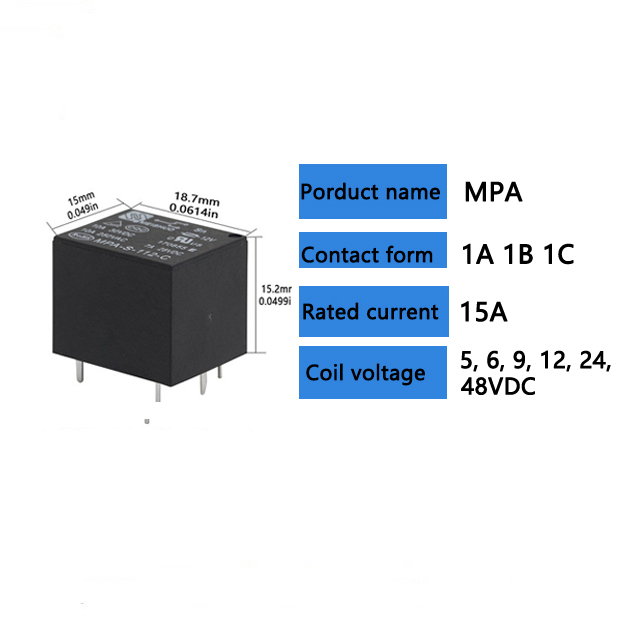relay selection in wireless communication: optimizing performance and efficiency
Release time:2025-08-26 09:03:57
Relay selection is a crucial technique in wireless communication that enhances system performance, reliability, and energy efficiency. By utilizing relay nodes, relay selection enables better data transmission by forwarding information from a source to a destination, helping overcome limitations such as signal degradation, interference, and range issues. This technique is particularly relevant in scenarios involving large-scale wireless networks, including 5G, cognitive radio networks, and Internet of Things (IoT) applications. In this article, we will explore the principles of relay selection, its benefits, challenges, and recent advancements in this area.

Understanding Relay Selection
Relay selection refers to the process of choosing an optimal relay node to assist in the transmission of data between a source and a destination. In wireless communication, direct communication between a source and destination may be limited by factors like distance, environmental obstacles, or interference. Relays, which can be intermediate nodes placed strategically between the source and destination, help to improve the reliability of communication by forwarding signals that may otherwise be attenuated or blocked.
Relay nodes operate in various modes such as amplify-and-forward (AF), decode-and-forward (DF), and compress-and-forward (CF). In AF, the relay simply amplifies the received signal and retransmits it. In DF, the relay decodes the signal, processes it, and then re-encodes it before forwarding it. CF, a more advanced mode, involves compressing the received signal and transmitting it with minimal loss of information. The selection of the appropriate relay node depends on multiple factors like channel conditions, energy efficiency, and the processing capability of the relay.

